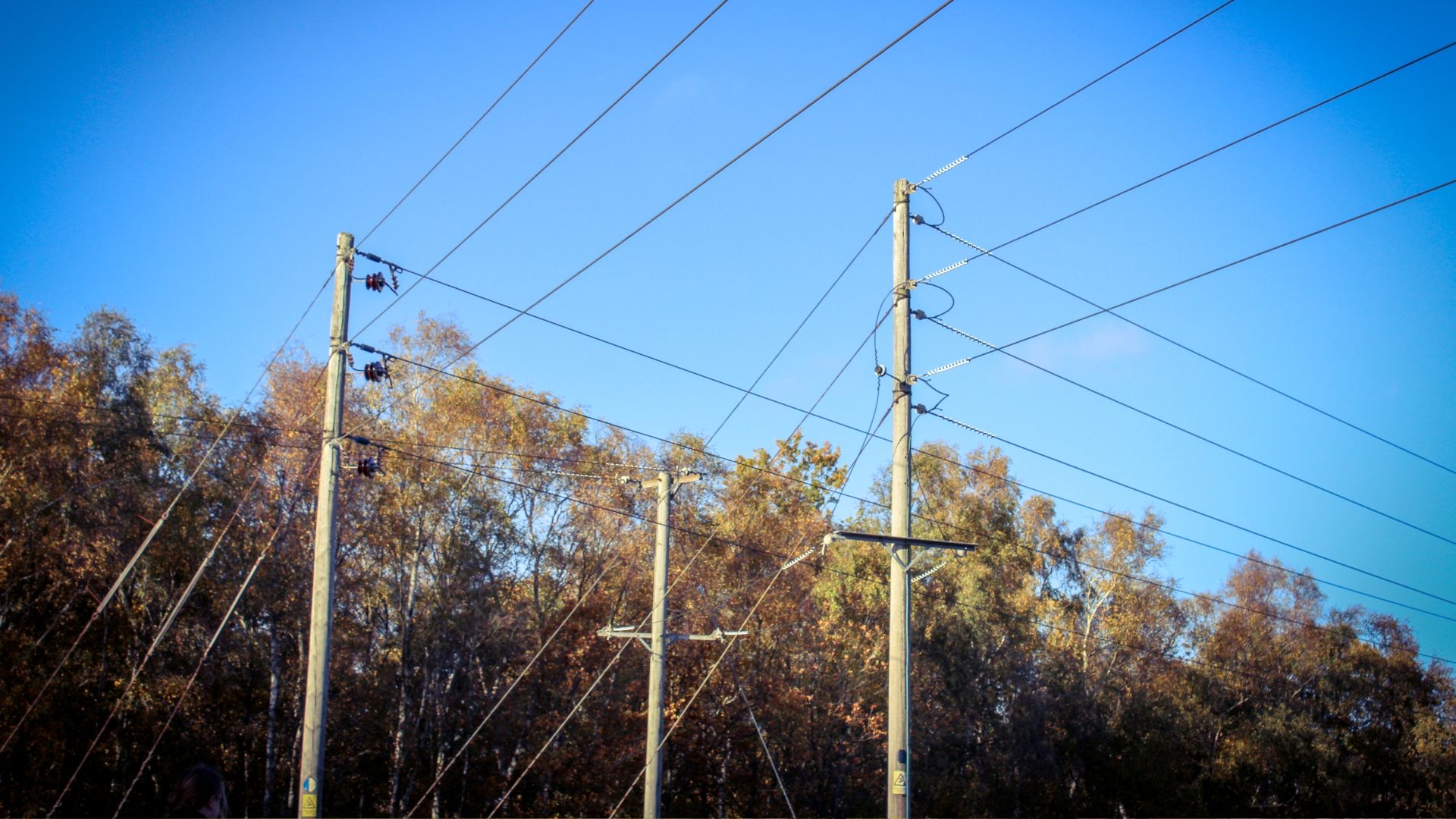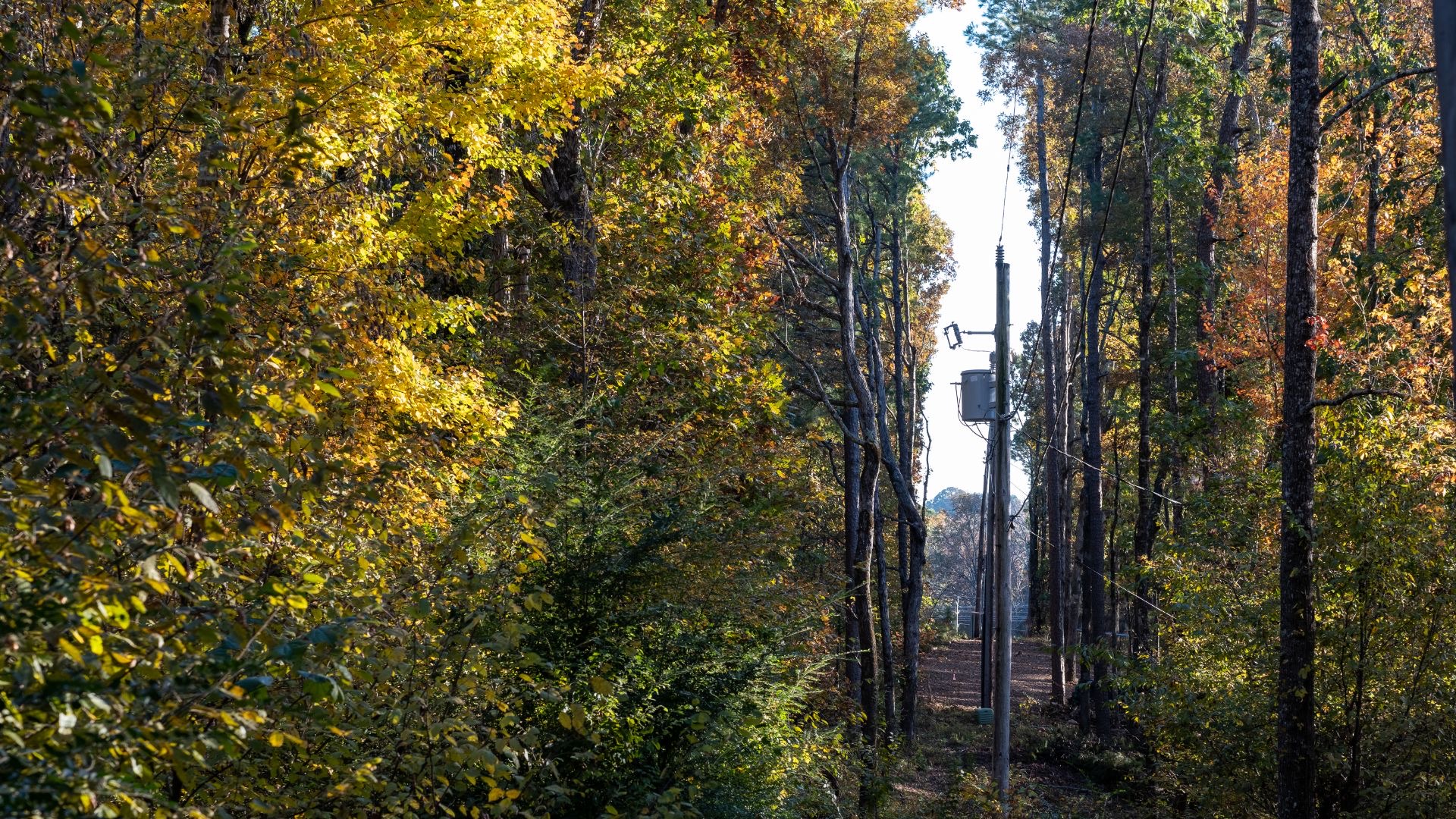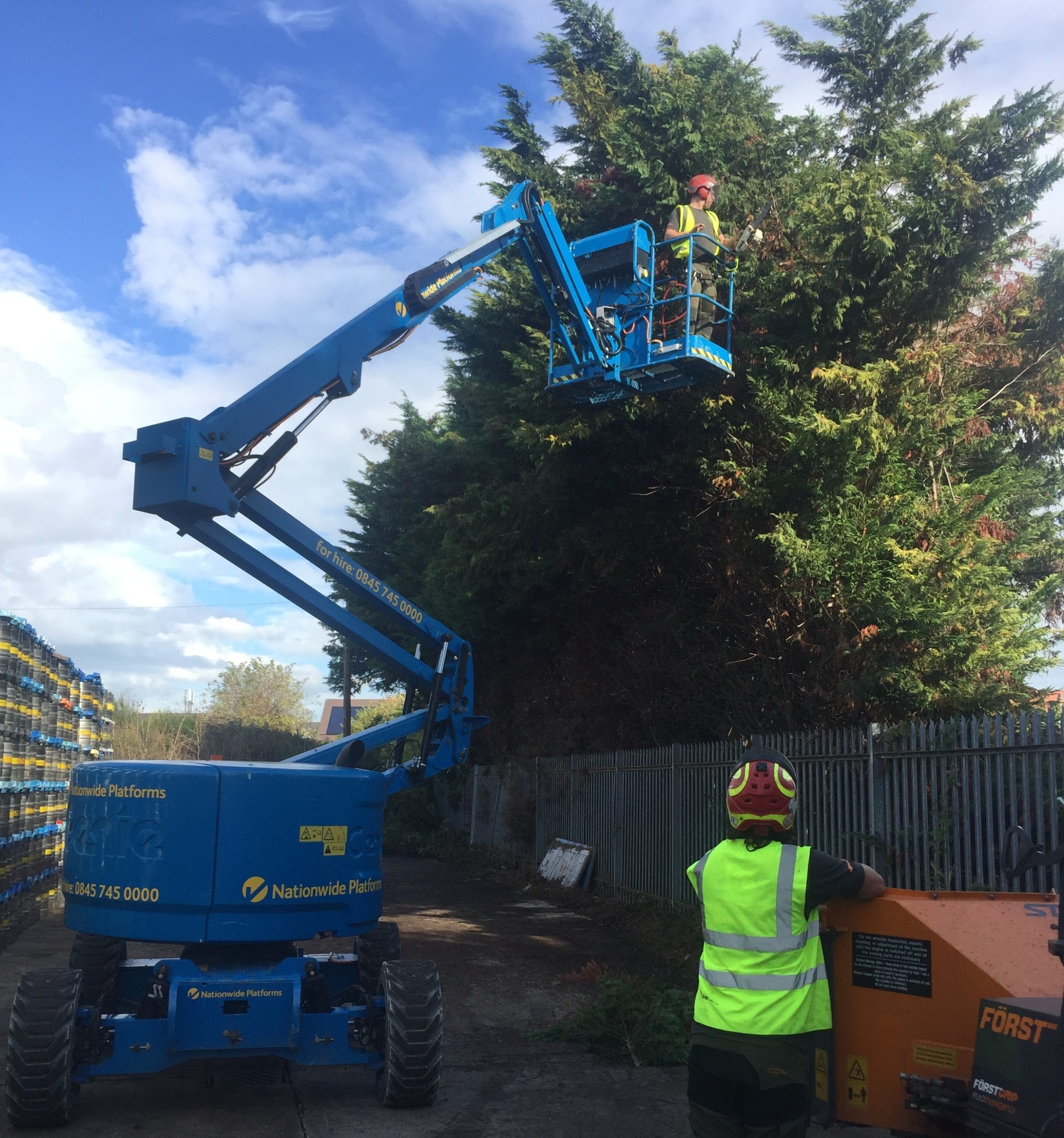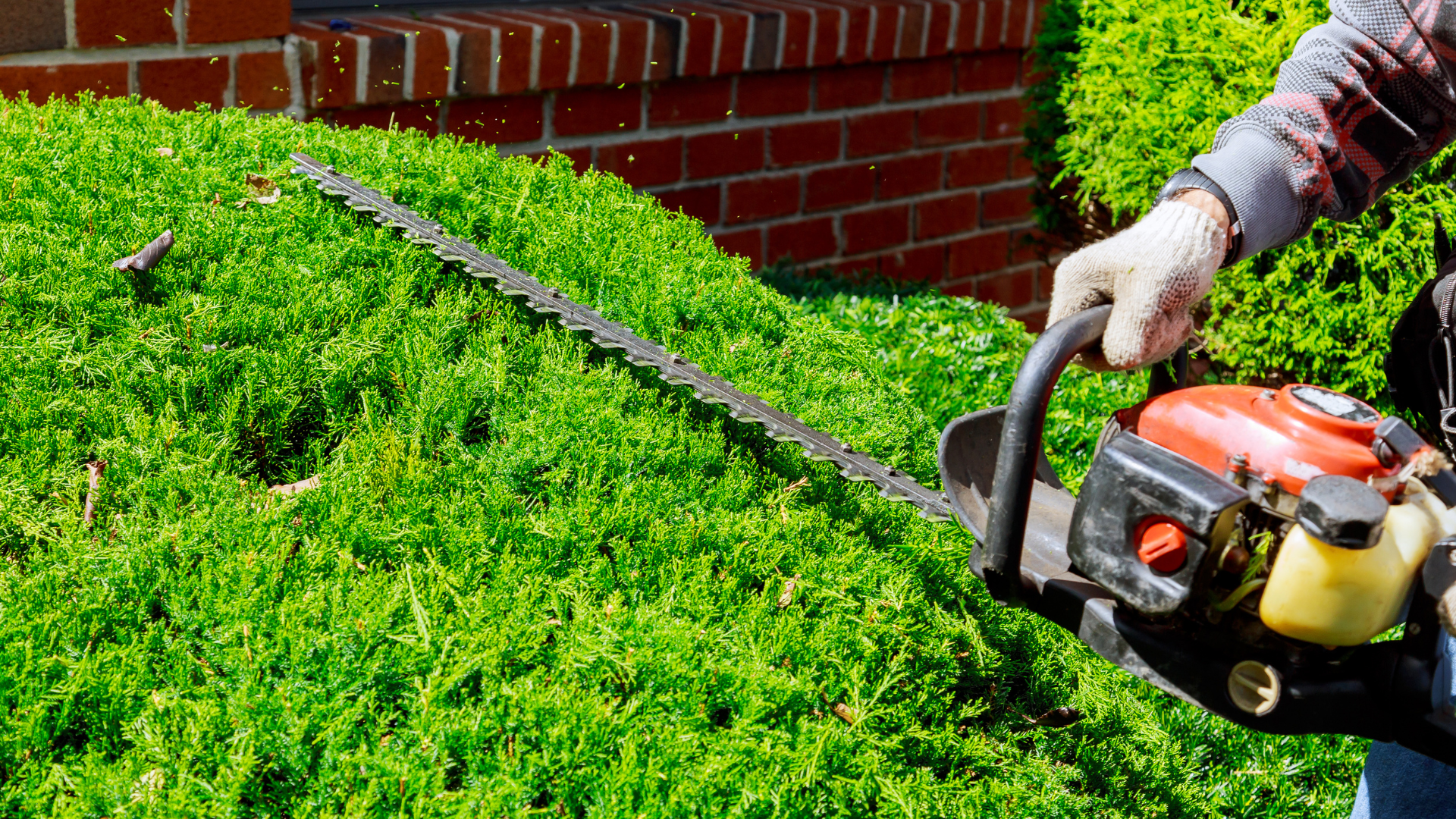Caring For A Tree Near Power Network Lines in the UK – Who is Responsible and What Should I Do? | Do I Need to Trim Trees Near BT/UKPN Cables?
Tall trees can provide an abundance of shade, beauty, and life to our natural surroundings. However, if they come into contact with power lines, they can also be incredibly disruptive – not to mention that they can become safety risks for you, your neighbours, and the entire local area. Here, we’ll explain what to do if a tree on your land is too close to power network cables.
While trees are beautiful additions to our natural landscape, they obviously have a habit of growing in their own way…
For private homeowners or business owners, that can mean trees and their branches growing to such an extent that they are dangerously near BT or UK Power Networks cables.
It should go without saying that this is a major issue for both the owner of the property where the tree is located, and for the companies who oversee the cables (as well as for the local community at large).
In this blog, we’ll take a look at who is responsible for caring for trees that are near/in conflict with power lines, as well as what you can do to sort this issue.
Who is Legally Responsible For Caring For Trees Near Power Cables?
The owner of the property is legally responsible for the care of their trees, meaning they need to make sure their trees aren’t interfering with UKPN cables.
However, what they do about an overgrown tree might depend on several different factors.
UK Power Networks specifically covers London, East and South East and asks on their website for homeowners to contact them if they notice trees or bushes becoming overgrown. Often, this is so that they can report the issue and arrange a visit to the affected area themselves.
Homeowners can freephone 105 to get through to their local network to then enquire about tree trimming.
Once there, they will assess the work that needs to be done. If a tree or bush needs to be dealt with, they will inform the homeowner/business owner and tell them what steps need to be taken next.

What Will Happen Next?
Based on the assessment from the energy company, it is likely that a tree specialist will need to be called to trim the tree and give it proper care so that it doesn’t interfere with power lines.
In terms of who pays for the work that needs to be done, the energy company might decide to cover this themselves. However, legally speaking, the owner of the tree has ultimate responsibility, meaning they should be fully prepared to be responsible for all work and costs.
Should I Hire A Tree Specialist / Arborist?
If you find yourself in a situation similar to those discussed above, you might deliberate about the best course of action.
While some might believe they can sort the issue themselves, there are serious risks involved if you don’t consult a tree specialist.
In this section, we’ll lay out some of the benefits and risks of hiring a tree care specialist to do the work:
Benefits of Hiring a Tree Specialist/Arborist:
- You get the best service: Let’s be clear, an arborist is going to deal with an issue in exactly the way it needs to be dealt with. They will trim your tree to the exact requirements laid out by the energy company and the local authorities. They’ll also do all of this while trying to mitigate any adverse effects brought on by your tree having to be trimmed in the first place.
- You ensure your own safety: Tree care can often be dangerous work – which is why it’s better when it’s carried out by a specialist. The last thing you want is to fall and hurt yourself over the small matter of removing a branch near a power line.
- You are legally covered: Tree specialists will know the legal requirements of their work, and they will carry out their work with this in mind. This means that you won’t run into any legal issues.
Risks of Hiring a Tree Specialist/Arborist:
- Cost: It should be noted that there are no actual risks of hiring a tree specialist to undertake this kind of work, except that it will obviously incur a cost. However, it is important to note that this cost doesn’t always fall on the home/business owner, as sometimes the energy company will cover the cost. Either way, the cost is very small compared to the issues a tree owner will face if they don’t carry out the work they are legally required to do.
Conclusion – Keep Yourself and Your Local Area Safe
By trimming your tree that’s close to power network lines, you’re ensuring that your own property and those in your surrounding area remain safe and risk-free.
If you need to contact a tree specialist to carry out the specific kind of work detailed in this article, contact About Trees for a free consultation.
About Trees – Kent Tree Surgeon and Arborist
About Trees Ltd. is a long established tree surgeon and arborist that offers a professional tree care service around Kent including Faversham, Whitstable, Tunbridge Wells, Sevenoaks, Ashford, Maidstone and more.
We build long lasting relationships, built on honesty and trust and are Kent Trading Standards Approved and CHAS accredited. Our team has 25 years of knowledge working with trees with all our crews fully trained and certificated as well as carrying up-to-date First Aid qualifications and DBS checks.





